
Federal law prohibits disturbing barn swallows once they nest, so take preventative action now.
Whether you love watching barn swallows up close or dread the mess they leave behind, a Texas A&M AgriLife Extension Service expert encourages you to take preventative action before the birds begin nesting.
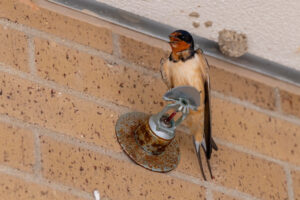
With the migratory spring season for swallows underway, a Texas A&M AgriLife Extension Service expert provides property owners with information to limit nest building on structures while adhering to federal law protecting the species. (Michael Miller/Texas A&M AgriLife)
The migratory spring season for swallows is underway, and barn swallows will typically enter the southern U.S. until mid-April.
Of the eight species of swallows in North America, barn and cliff swallows are considered the most problematic for property owners because they build mud nests attached to houses, barns and other structures. Barn swallows tend to nest as single pairs, while cliff swallows can nest in colonies of up to several hundred pairs.
These birds prefer nesting on overhangs, covered ledges or other suitable surfaces, using mud to build their nests. If your property meets these conditions, you may find swallows returning every year unless you take preventative action.
Intervene before nests are built and occupied
If you don’t want barn swallows on your property, you must immediately take action before any nests are built and occupied, said AgriLife Extension’s Liz Tidwell, a small acreage wildlife program specialist in the Texas A&M College of Agriculture and Life Sciences Department of Rangeland, Wildlife and Fisheries Management, Uvalde.
The Migratory Bird Treaty Act of 1918 makes it a federal crime to hunt, kill, capture, sell or otherwise hurt migratory birds, which includes destroying nests in use. In other words, once a bird begins spending time in a nest, even if the nest is not yet complete, it is illegal to remove it.
“The main reason people want to remove barn swallow nests is aesthetic,” Tidwell said. “Mud nests on the side of your house or structure, along with the bird droppings underneath, can be unsightly and even pose health concerns due to the droppings.”
Additionally, nests by entryways may also be a nuisance if swallows act territorial and “divebomb” homeowners to protect their nest and young.
“Luckily, swallows are not as aggressive as blue jays or mockingbirds,” she said. “Often, once swallows get used to your presence and know you aren’t going to harm the nest, they will stop swooping down on you.”
How to prevent barn swallow nests
Tidwell shared advice for preventing unwanted swallows.
- Cover nesting areas: Use netting or wire mesh to cover areas where swallows could build nests — typically areas like an eave or where a roof and wall meet.
- Hang vinyl strips: Vinyl plastic hung in overlapping vertical strips may be used for places with an open entryway.
- Add bird spikes and barriers: Bird spike sticks and barriers can be purchased and installed to prevent birds from building nests.
- Remove old nests: Knock down old, empty nests. Birds will reuse nests from previous years if available.
- Interrupt construction: When you see signs of new nest construction, knock down the mud daily until the birds give up on their build. Once a bird starts spending time in the nest — even if it is not yet complete — it is illegal to remove the nest until it is empty again.
Tidwell said trapping or shooting the birds is illegal, and attempting to scare the birds away is usually ineffective.
How to remove a barn swallow nest
Old, empty nests and the mud placed at the beginning of construction can be removed several ways.
- Use a pressure washer or hose.
- Use a pole or scraper but use protective gear like gloves and a respirator mask.
- Use caution if handling an empty nest. Parasites and mites can persist in nests as long as three years after a bird leaves.
Reasons to welcome swallows
Before taking preventative measures, Tidwell also encourages you to learn about the benefits of having barn swallows around:
- Pest control: Swallows eat insects many people consider pests — essentially providing a free ecological service.
- Birdwatching opportunity: The proximity of nests to doorways and windows makes for easy bird watching.
- Educational value: Nests allow viewers to experience a bird’s life cycle.
Ultimately, Tidwell said it’s important to remember that these birds are part of the seasonal changes of our dynamic natural world.
“They’re just temporary guests passing through and will leave when the weather cools,” she said.
March 18, 2025 – by



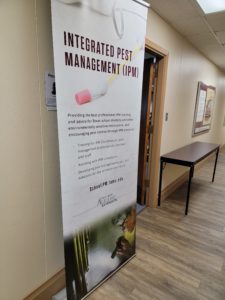





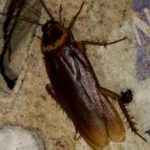


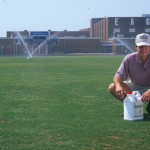 For many Texans, September typically means cooler temperatures, rain showers, and the end of the long hot summer. This change of seasons has an effect on the growth of warm-season grasses like St. Augustinegrass, zoysiagrass, and bermudagrass. Three management practices to focus on this fall and winter are watering, mowing, and fertilizing. Adjusting these to match the seasonal change can create a strong healthy lawn throughout the fall and into winter dormancy.
For many Texans, September typically means cooler temperatures, rain showers, and the end of the long hot summer. This change of seasons has an effect on the growth of warm-season grasses like St. Augustinegrass, zoysiagrass, and bermudagrass. Three management practices to focus on this fall and winter are watering, mowing, and fertilizing. Adjusting these to match the seasonal change can create a strong healthy lawn throughout the fall and into winter dormancy.
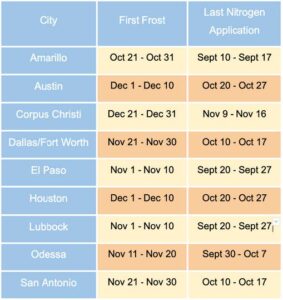


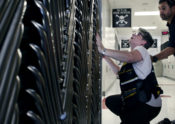
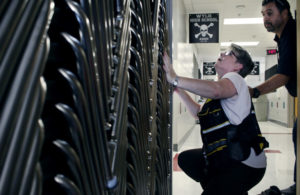

 Join us on Friday, November 4th from 3:00 – 6:00 PM at the Texas A&M AgriLife Research and Extension Center Water and Land Resources Building for light refreshments and a chance to talk to the entomologist. Tours of the IPM Experience House will also be available. Follow this
Join us on Friday, November 4th from 3:00 – 6:00 PM at the Texas A&M AgriLife Research and Extension Center Water and Land Resources Building for light refreshments and a chance to talk to the entomologist. Tours of the IPM Experience House will also be available. Follow this 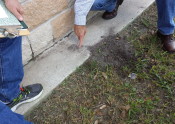
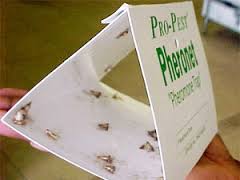
 .
.